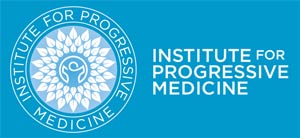
Stem cell therapy is well established in the treatment of orthopedic disorders. Many studies have documented regrowth of cartilage and reduction of pain in damaged joints, especially knees and hips. Any joint can be treated, including the back, neck, wrists, elbows, shoulders, feet, fingers and toes. Injections can rebuild torn and degenerated tendons including the Achilles tendon. Partial tears can be reversed and individuals can return to prior activities without the prolonged healing time required after surgery.
In our practice stem cell therapy is performed as an outpatient procedure, with cell harvesting and injection completed in about two hours. All injections are performed under ultrasound 
Stem cells are obtained by harvesting adipose tissue from subcutaneous deposits in the lower abdomen, love handles, or thigh. The procedure is similar to liposuction but requires only one or two ounces of fat. 
Blood is drawn and spun down to obtain platelet rich plasma, which we mix with the stem cells to activate them. Stem cells continue to be active for 4-6 months and possibly longer, so effects may not be felt for several weeks. Some patients, however, experience improvements within days.
We inject lidocaine first into the areas to be treated, and inject lidocaine again along with the stem cells. Often we provide the patient with a sedative as well, to minimize pain and anxiety. There can be some discomfort for several days after the injections, but there doesn’t need to be any down time.
It is wonderful to eliminate pain that may have been present for months or years, and to recover function and be able to move again, to walk, dance or drive a car.
Hundreds of thousands of knee and hip replacement surgeries are performed every year in the United States, along with over one million arthroscopic procedures. Recovery is often prolonged and painful, particularly after shoulder and knee procedures. Sometimes the surgery is ineffective and may even make the patient worse, especially back surgery.

In my opinion stem cell therapy should be considered before deciding for surgery, and certainly in older patients with coexisting medical problems. Even “bone on bone” situations may respond.
Call our office at 949-600-5100 to schedule an evaluation.
Allan Sosin, MD
